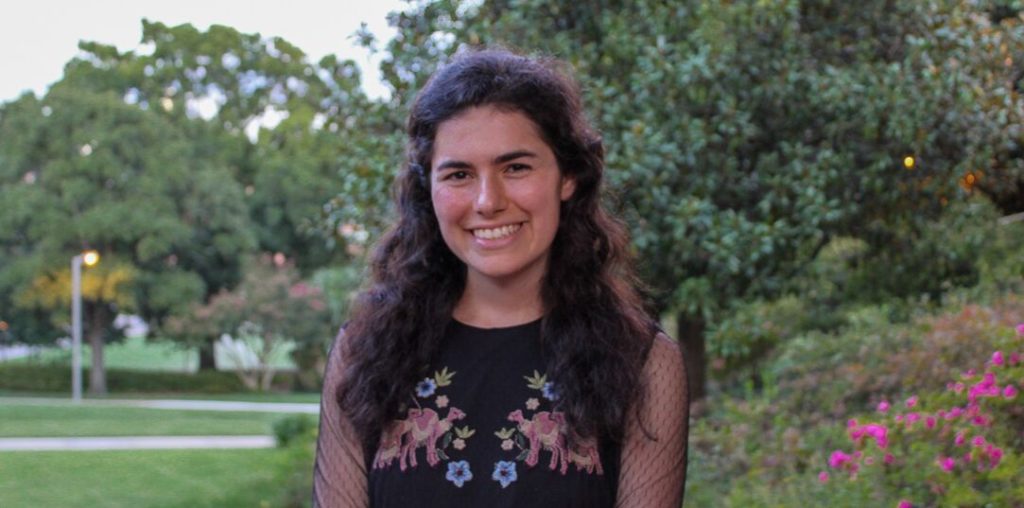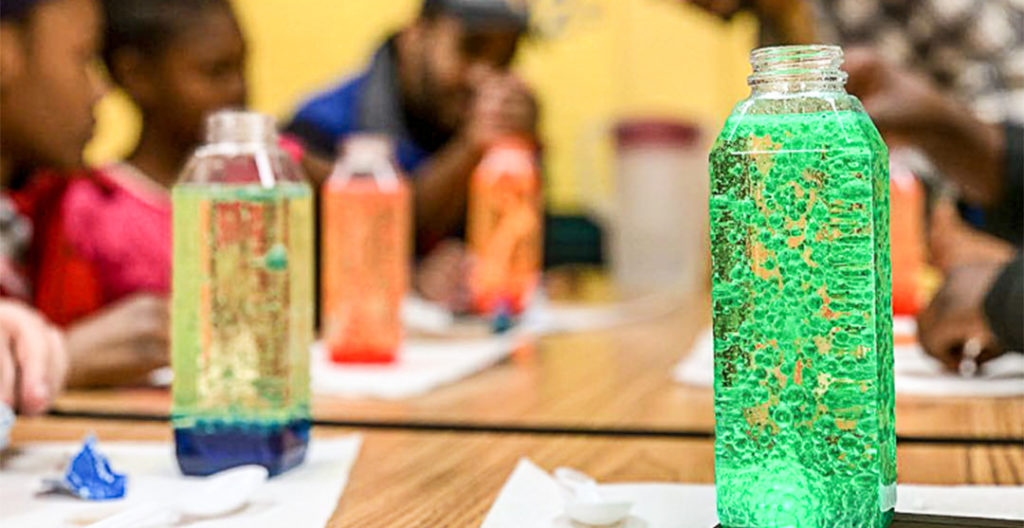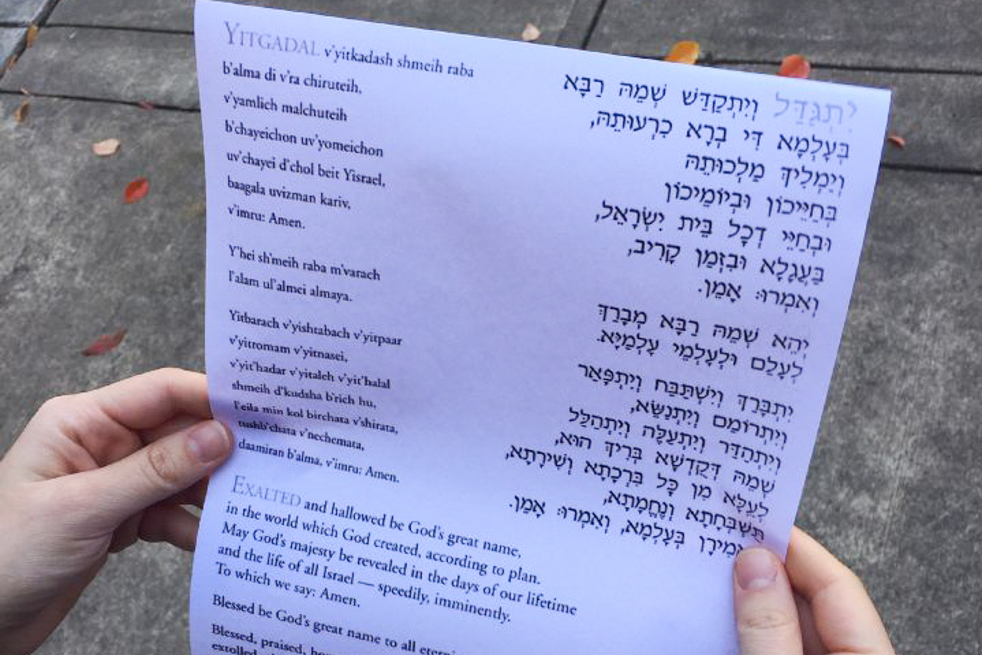
A bench that sits by the entrance to Maira Kalman’s “Pursuit of Everything” exhibit at The High Museum of Art welcomes visitors in quintessential Kalman fashion.
“It is great to walk. It is great to sit. It is great to think. It is great to not think,” the bench reads.
Throughout the two-story exhibit, visitors gain more insight into the duality of this author famed for both her children’s books as well as for her adult pieces. Her works are both kiddish and grownup, silly and serious, routine and singular.
Her versatility is further illustrated by the different modes of art on display — paintings, sketches, letters, maps, candy bars and more line the walls of the exhibit. And in true Kalman fashion, there are lots of dogs.
A focus of the exhibit is the Max Stravinsky series, a saga that follows the famed dog and his career as an artist, poet, traveler and, most of all, as a friend. As he travels the world to see great sights — from the pyramids in Egypt to the cafes in Paris — readers are transported into the expressive illustrations of Max’s world.
Kalman describes this beloved dog of hers as a reflection of the duality she has found in herself and in others: “Sometimes innocent and yearning. Sometimes downcast and confused. Well isn’t that everybody.”
While Kalman’s avant-garde character Max focuses on the more playful moments of life, some of her other pieces address more serious topics. Kalman has spoken out about the way that art provides a unique form of learning for viewers of any age, as participants are able to look at art and question what they see. Subjects of hers include Jefferson’s vision of democracy, Lincon’s dream of emancipation, the fight for women’s suffrage and even the tragedies of 9/11.
“Any subject that affects children is a suitable subject,” Kalman said. “And I try to approach the reader with a sense of compassion. So I am not trying to make someone miserable or frightened. I just want to say, here are some ideas, feelings, thoughts and we can discuss them. Most of the time, children are very receptive and appreciate the truth told in a kind and optimistic way.”
To give visitors an even closer look into the thoughts of the artist, the exhibit also offers a tucked away peek into her studio. This more intimate and private space features the personal photographs and keepsakes of Kalman — mock-up books, maps, postcards, paint rags, letters to her granddaughter and more allow visitors to see how such ordinary items have inspired the whimsical works of the artist.
When asked what message she hopes visitors take home from her exhibit, Kalman alluded to finding the exceptional within the everyday: “A sense of fun and play, pathos, curiosity, humor. Tolerance of the unexpected. Joy in the small things.”
Kalman’s“Pursuit of Everything” exhibit will display at the High until Sept. 15. As one employee of the museum assured a visitor, “You’ll want to touch everything in there.”









